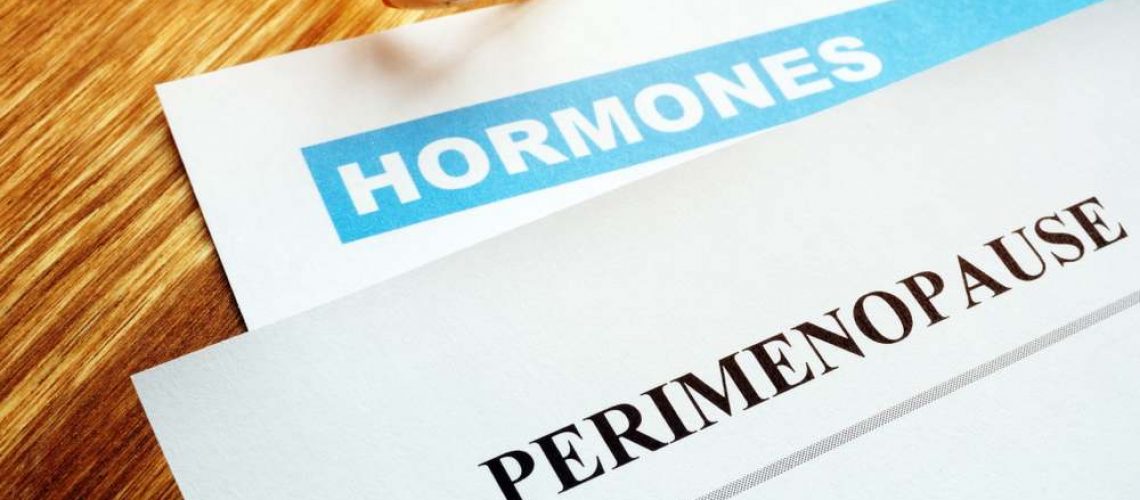DOR, POF and POR
People often discover during their fertility treatment that they already have a menopausal range of hormones or that they do not respond to any fertility treatment. When assisted reproductive techniques (ART) are considered, there are at least three groups that represent major challenges in reproductive medicine. Naturally many of our patients belong to these groups.
Diminished ovarian reserve (DOR)
The term “ovarian reserve” refers to the quantity and quality of eggs, also known as oocytes. Diminished ovarian reserve (DOR) is defined as a reduced capacity of the ovaries to produce oocytes; the oocytes produced are of poorer quality leading to the formation of poor quality embryos. Diminished ovarian reserve can affect people of all ages. The definition of the condition is somewhat confusing since diminished ovarian reserve is diagnosed, not by counting eggs left in the ovaries, but by blood tests measuring hormone levels, FSH and AMH. As you age, it is natural for FSH levels to increase and AMH levels to decrease so it’s important to assess these hormone levels against a baseline of your age.
If you have this diagnosis, it means that the number and quality of eggs is lower than expected for the age and is characterized by poor fertility outcomes.
Dr Ryu’s approach to DOR can be found here.
Premature Ovarian Failure (POF)
POF, also called premature menopause or primary ovarian insufficiency (POI), is related to the cessation of ovarian function before the age of 40. POF can be the most severe form of DOR. It is defined by a triad of signs:
(i) amenorrhea for at least 4 months,
(ii) decreased estradiol serum concentrations, and
(iii) elevated follicle-stimulating hormone (FSH) serum concentrations (more than 40 IU/l in at least two samples a few weeks apart).
POF-related infertility cannot be treated by intra-conjugal assisted reproductive techniques.
Dr Ryu’s approach to POF can be found here.
Poor ovarian responders (POR)
The term “poor responder” typically refers to someone whose ovaries and body do not respond to fertility medications. Usually, they will produce less than 4 eggs following treatment with much higher than usual doses of stimulation medications. A failure to produce an optimal number of eggs (15 is regarded the magic number ) will prevent them from being able to proceed with an IVF treatment.
The Bologna ESHRE consensus defines women as “poor ovarian responders” when at least two of the following three characteristics are present:
(i) advanced maternal age (≥40 years) or any of the risk factors for POR,
(ii) a previous poor ovarian response (≤3 oocytes with a conventional stimulation protocol), and
(iii) an abnormal ovarian reserve test (i.e., antral follicular count (AFC) <5–7 follicles or AMH <0.5–1.1 ng/ml)
Consequently, to be included in this definition, a woman must be over 40 years or have previously undergone at least one controlled ovarian hyperstimulation cycle.
Having gained much experience in this field over the years Dr. Ryu has developed protocols to mitigate the effects of reproductive ageing in those in the transition to menopause and she has worked with patients to enhance their natural fertility, focusing on those challenging cases which have been characterized to have poor fertility outcomes.
Dr.Ryu’s Articles:
Ovarian reserve test: it’s not the be-all and end-all
Diminished Ovarian Reserve: what can you do about it?
A devastating diagnosis – High FSH
Premature Ovarian Failure, Is there any hope?
What causes Premature Hormone Decline
Luteal Phase Defect: Can I get pregnant?

